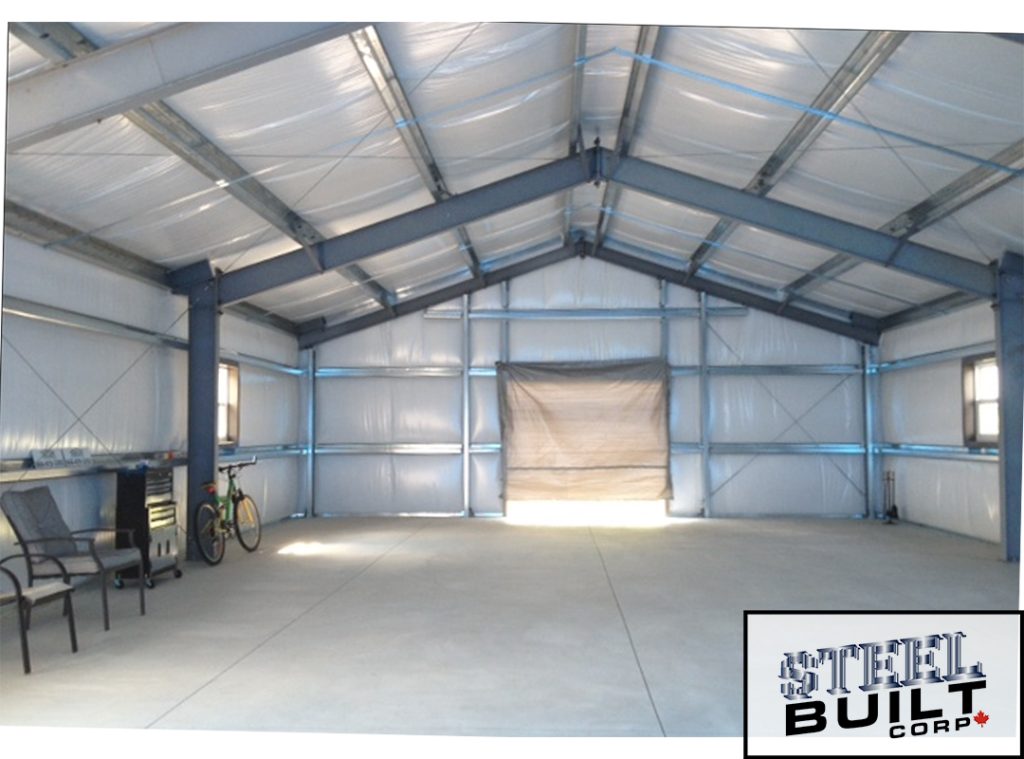Workshop buildings are crucial hubs for innovation, craftsmanship, and productivity. They provide essential spaces for various activities, from woodworking and metalworking to automotive repair and artistic creation. These buildings, designed with functionality and efficiency in mind, serve professionals and hobbyists alike by offering a controlled environment equipped with the necessary tools and infrastructure. This article explores the significance, features, benefits, and diverse applications of workshop buildings, highlighting their indispensable role in numerous industries and personal pursuits.
Understanding Workshop Buildings
Workshop buildings, also known as workspaces or studios, are specialized structures designed to facilitate specific tasks and projects. They can range from small backyard sheds to expansive industrial facilities, depending on the scale and nature of the activities they support. These buildings are engineered to provide a safe, organized, and productive environment for a wide array of hands-on work.
Key Features of Workshop Buildings
Functional Design and Layout
The design and layout of workshop buildings are tailored to optimize workflow and accessibility. This includes strategically placed workstations, storage areas, and machinery setups that minimize unnecessary movement and streamline operations. A well-thought-out layout enhances efficiency, allowing users to focus on their tasks without interruptions.
Adequate Space
Ample space is a critical feature of workshop buildings, providing room for large equipment, workbenches, and storage of materials and tools. Whether it’s a small DIY workshop or a large-scale industrial facility, sufficient space is necessary to accommodate various activities and ensure a clutter-free environment.
Robust Infrastructure
Workshop buildings are equipped with robust infrastructure to support heavy-duty tasks. This includes durable flooring capable of withstanding heavy machinery, reinforced walls, and high ceilings. Additionally, they feature essential utilities such as electrical outlets, water supply, and ventilation systems to maintain a safe and functional workspace.
Lighting and Ventilation
Proper lighting and ventilation are vital for creating a safe and comfortable working environment. Natural light, supplemented by well-placed LED lighting, reduces eye strain and enhances visibility. Effective ventilation systems, including exhaust fans and air filters, ensure that the air quality remains high by removing dust, fumes, and other airborne particles generated during work.
Safety Features
Safety is paramount in workshop buildings. These structures are designed with various safety features, such as fire-resistant materials, emergency exits, and first aid stations. Additionally, personal protective equipment (PPE) stations and clearly marked safety zones help prevent accidents and injuries.
Benefits of Workshop Buildings
Enhanced Productivity
Workshop buildings are designed to enhance productivity by providing an organized and efficient workspace. The strategic layout, ample space, and availability of essential tools and equipment enable users to complete tasks more quickly and with greater precision.
Cost-Effectiveness
Investing in a dedicated workshop building can be more cost-effective in the long run. It reduces the need for renting commercial space, lowers travel expenses for off-site work, and minimizes downtime due to equipment setup and teardown.
Customization
Workshop buildings offer a high degree of customization to meet specific needs and preferences. Users can design their workshops with specific features, such as customized storage solutions, specialized workbenches, and tailored utility setups, to suit their unique workflows and requirements.
Versatility
Workshop buildings are incredibly versatile and can be adapted for various purposes. Whether used for woodworking, metalworking, automotive repair, or art creation, these buildings provide the flexibility needed to support a wide range of activities.
Applications of Workshop Buildings
Woodworking Shops
Woodworking shops are dedicated workshop buildings equipped with saws, sanders, lathes, and other woodworking tools. They provide artisans and hobbyists with the space and resources to create furniture, cabinetry, and other wooden items.
Metalworking Shops
Metalworking shops are designed for fabricating, welding, and machining metal components. These workshops are equipped with welding machines, plasma cutters, and other metalworking tools, making them ideal for both custom metal projects and industrial applications.
Automotive Repair Shops
Automotive repair shops are workshop buildings designed for vehicle maintenance and repair. They feature vehicle lifts, diagnostic equipment, and specialized tools to support mechanics in servicing cars, trucks, motorcycles, and other vehicles.
Art Studios
Art studios are creative spaces where artists can paint, sculpt, and craft various artworks. These workshops provide artists with the freedom and resources to explore their creativity, develop new techniques, and produce unique pieces of art.
DIY and Hobby Workshops
For DIY enthusiasts and hobbyists, workshop buildings offer a dedicated space to pursue personal projects. These workshops can be customized with specific tools and equipment to support activities such as crafting, home improvement, and model building.
Conclusion
Workshop buildings are essential environments that foster creativity, innovation, and productivity across various disciplines. By providing a well-designed, organized, and equipped space, these buildings support a wide range of activities, from professional manufacturing and repair to personal hobbies and artistic endeavors. The versatility, customization options, and cost-effectiveness of workshop buildings make them invaluable assets for anyone looking to engage in hands-on work, whether for business or pleasure. As the demand for specialized workspaces continues to grow, workshop buildings will remain crucial in enabling individuals and businesses to achieve their creative and operational goals.

